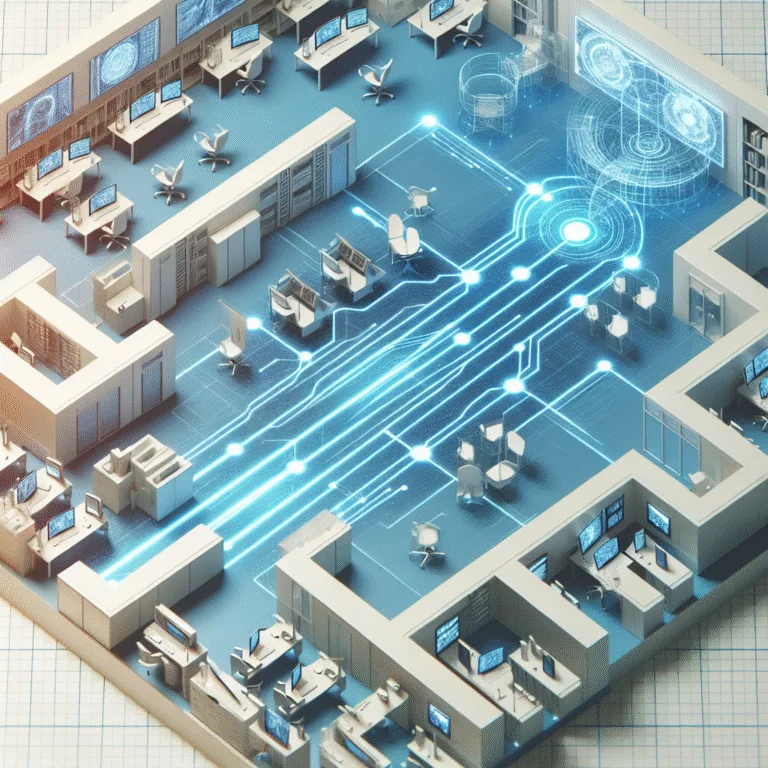How to Speed Up Radiology Reporting: 5 Actionable Tips for 2025
In the dynamic world of radiology, where the rapid delivery of accurate reports is critical, professionals are continuously seeking ways to enhance efficiency without compromising on quality. As we step into 2025, technological advancements provide new opportunities to refine radiology reporting. Below are five actionable tips to help radiologists expedite the reporting process.
1. Embrace AI-Powered Tools
Artificial Intelligence (AI) has made significant strides in medical imaging, offering solutions that not only enhance report accuracy but also speed. AI-powered platforms like Rad Report AI utilize machine learning algorithms to assist in the automatic generation of detailed and standardized reports. These tools can rapidly analyze data, identify abnormalities, and suggest pertinent observations and conclusions, significantly reducing the time radiologists spend on manual tasks.
By integrating AI into your practice, you can streamline workflows, minimize human error, and ultimately accelerate the overall reporting process. AI tools are particularly beneficial in handling routine examinations, which enables radiologists to focus on complex cases requiring their expertise.
2. Optimize Voice Dictation
Voice recognition technology continues to evolve, offering radiologists a faster alternative to traditional typing. Modern voice dictation systems are now more accurate and user-friendly, allowing real-time transcription of reports. To maximize the benefits of voice recognition, ensure the following:
– Utilize high-quality microphones and audio devices to improve recognition accuracy.
– Customize voice profiles to train the system to recognize specific accent nuances and terminologies.
– Employ structured reporting templates that align with voice dictation software to maintain consistency and reduce editing time.
Incorporating these practices will allow you to capture thoughts as they occur, significantly reducing the time from dictation to final report.
3. Standardize Reporting Templates
The use of standardized reporting templates can greatly reduce variability and enhance efficiency. These templates serve as a blueprint, guiding radiologists through the necessary components of each report, ensuring completeness, and facilitating easier comparisons across multiple cases. By standardizing:
– Reports become more uniform and rapidly comprehensible to referring physicians.
– The potential for errors and omissions is minimized.
– Turnaround time is reduced, as less time is spent formatting and organizing content.
However, it’s crucial to balance structure with flexibility, allowing for customization in complex or atypical cases.
4. Leverage Workflow Management Systems
Implementing a robust workflow management system allows for the seamless integration of various steps involved in radiology reporting. These systems provide a comprehensive overview of the workflow, enabling better resource allocation and task prioritization.
Modern systems include features that:
– Automate task assignments based on priority and radiologist availability.
– Track report status and highlight pending tasks to prevent bottlenecks.
– Facilitate communication between radiologists and other healthcare providers, enhancing collaboration.
By optimizing workflow management, radiologists can ensure that reports are completed in an efficient and timely manner without sacrificing quality.
5. Continuous Professional Development
Staying abreast of the latest developments in medical imaging and reporting technologies is crucial for maintaining speed and accuracy. Continuous professional development through specialized training programs, workshops, and webinars is essential. This not only aids radiologists in mastering new tools and technologies but also cultivates a culture of innovation.
Engage in communities and online forums to exchange knowledge and experiences with peers. Collaborating with industry professionals can provide insights into best practices and emerging trends, further enhancing productivity.
Conclusion
In conclusion, the quest for speed in radiology reporting is a blend of technological adoption and strategic workflow optimization. By embracing AI tools, refining dictation methods, standardizing reporting practices, utilizing workflow management systems, and committing to lifelong learning, radiologists can meet the increasing demand for fast, accurate, and comprehensive reports.
For additional insights on radiology technology, visit [Radiology Today](https://www.radiologytoday.net/) and explore the rich resources available on [RSNA](https://www.rsna.org/).
Implementing these strategies in 2025 will not only enhance your efficiency but also ensure you remain at the forefront of the ever-evolving radiology landscape.







